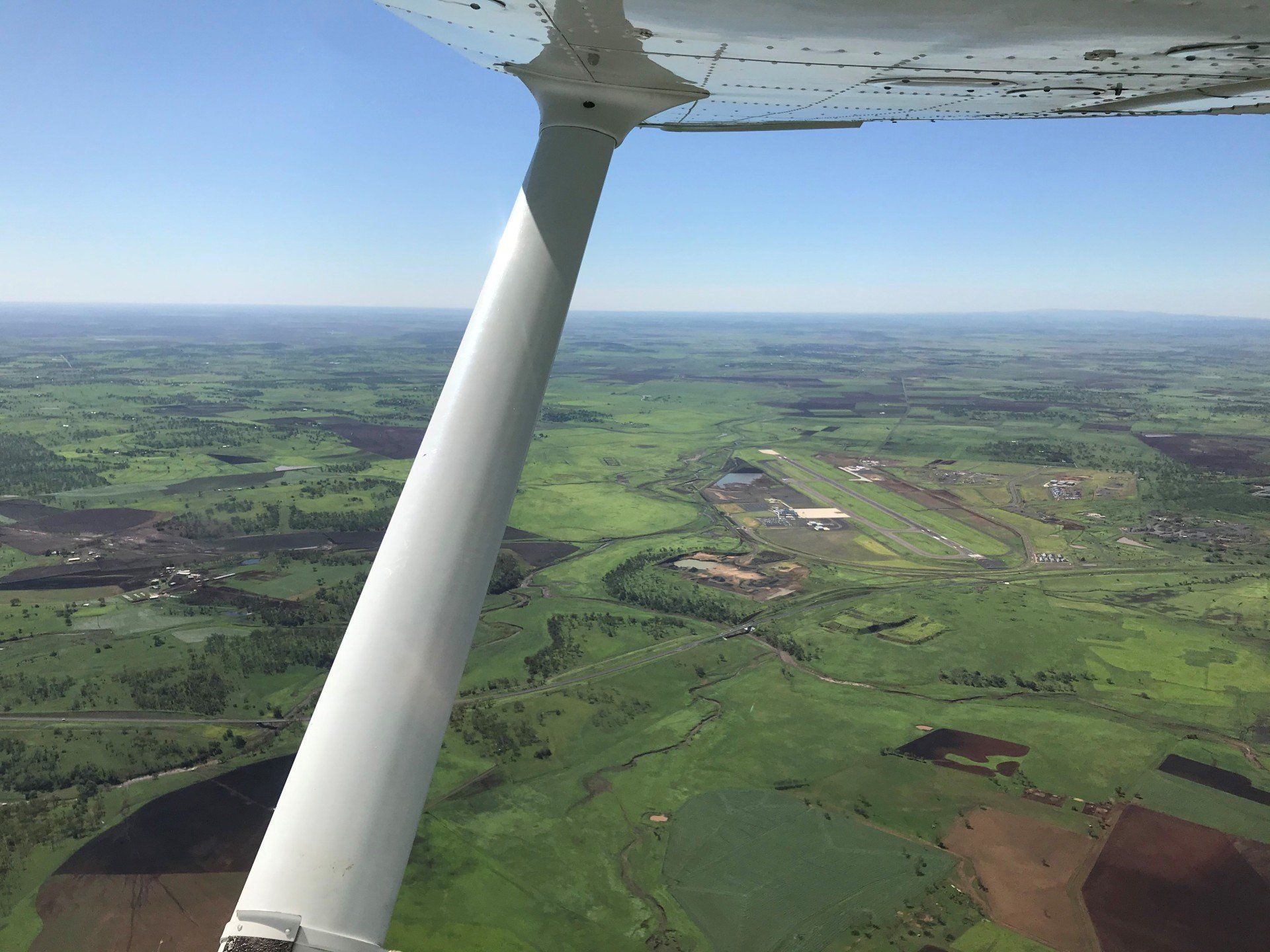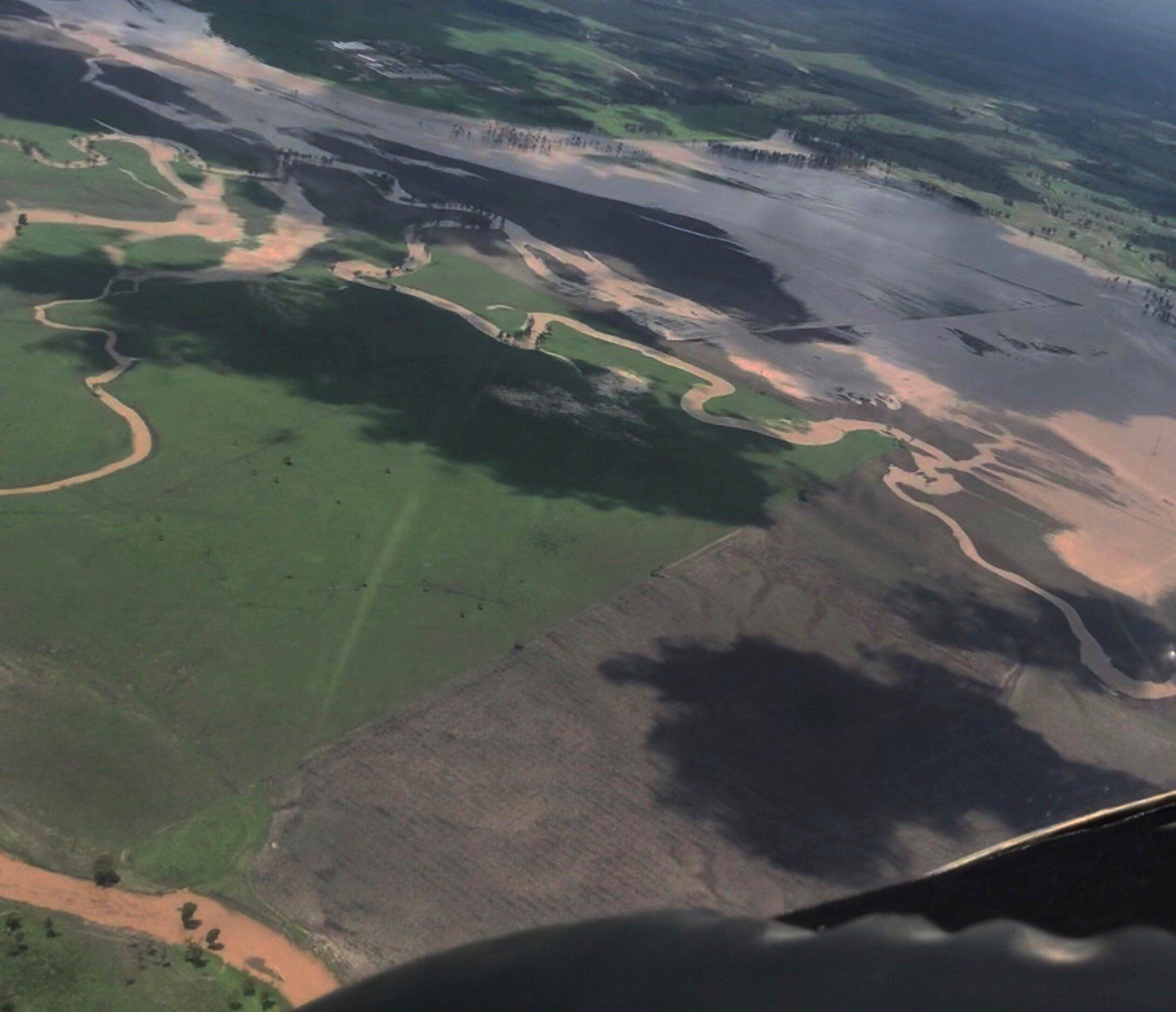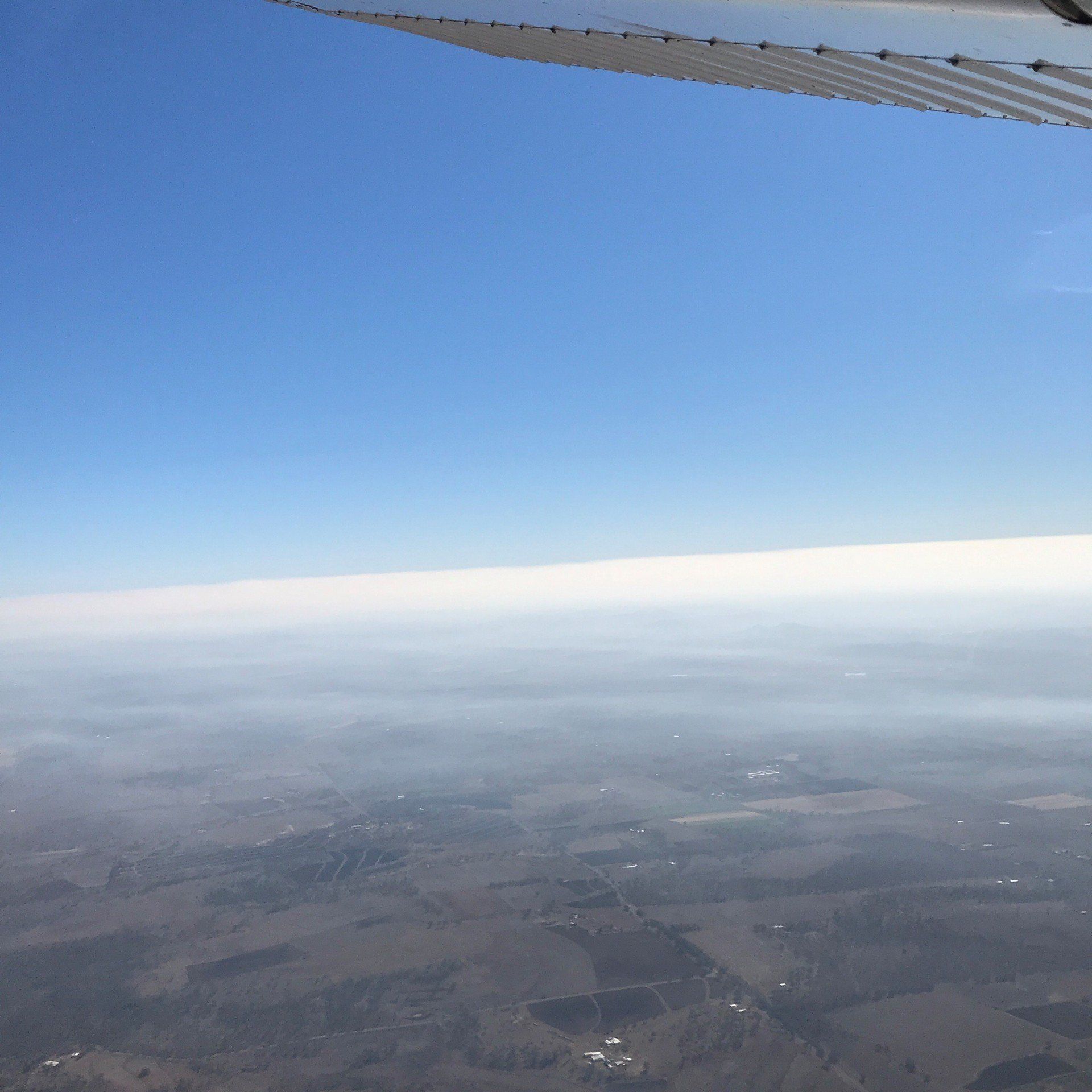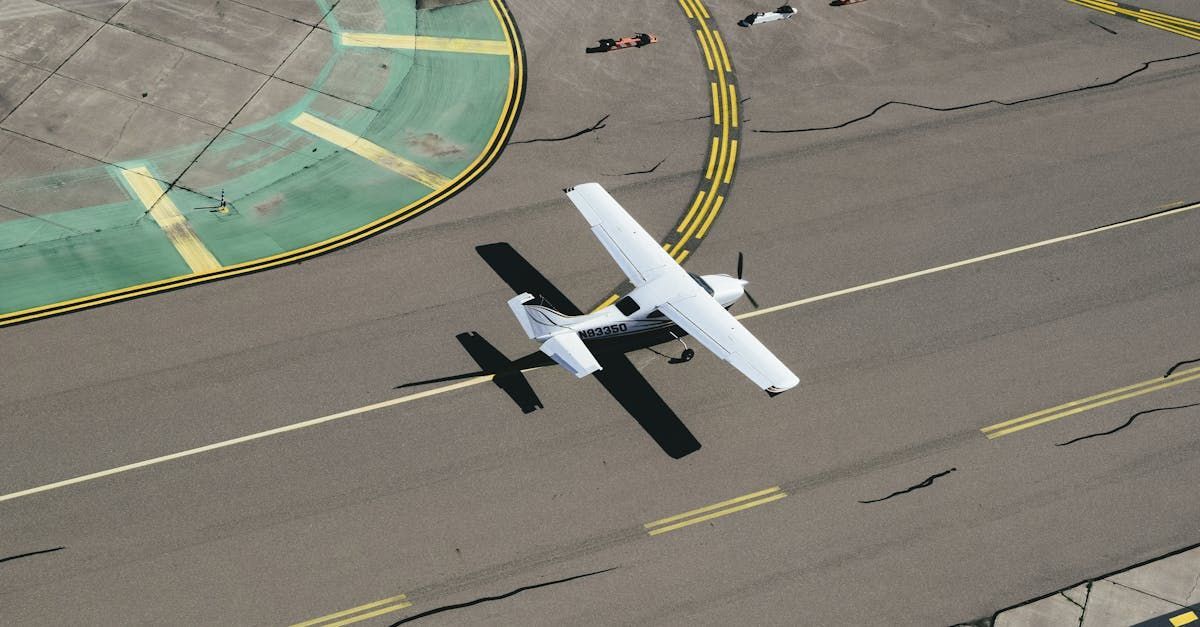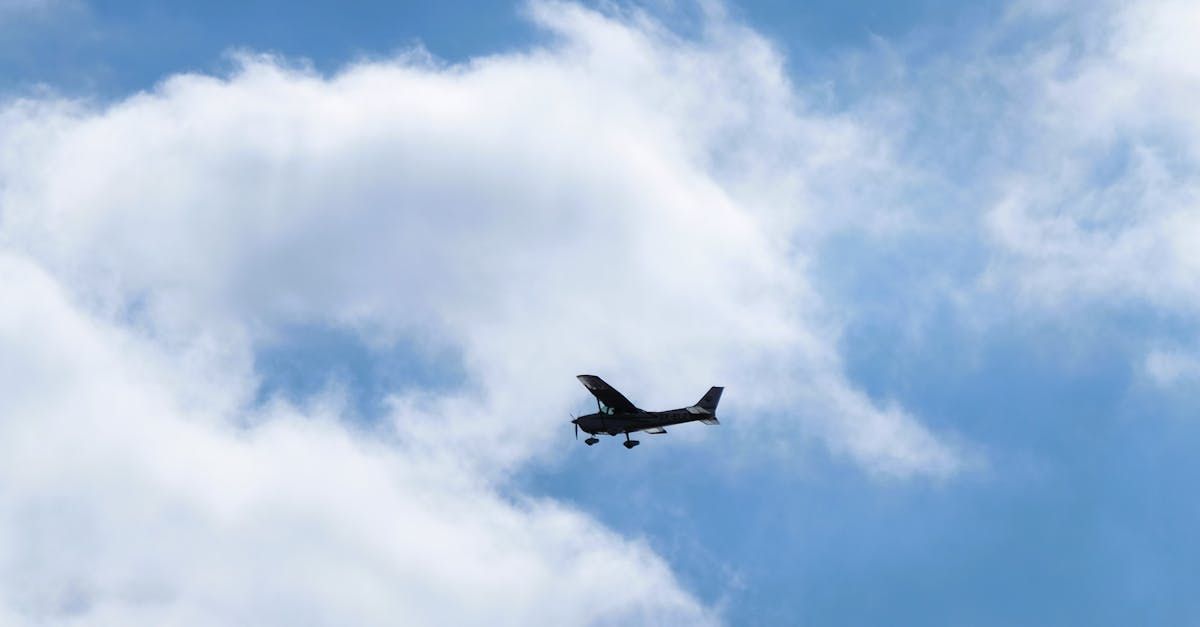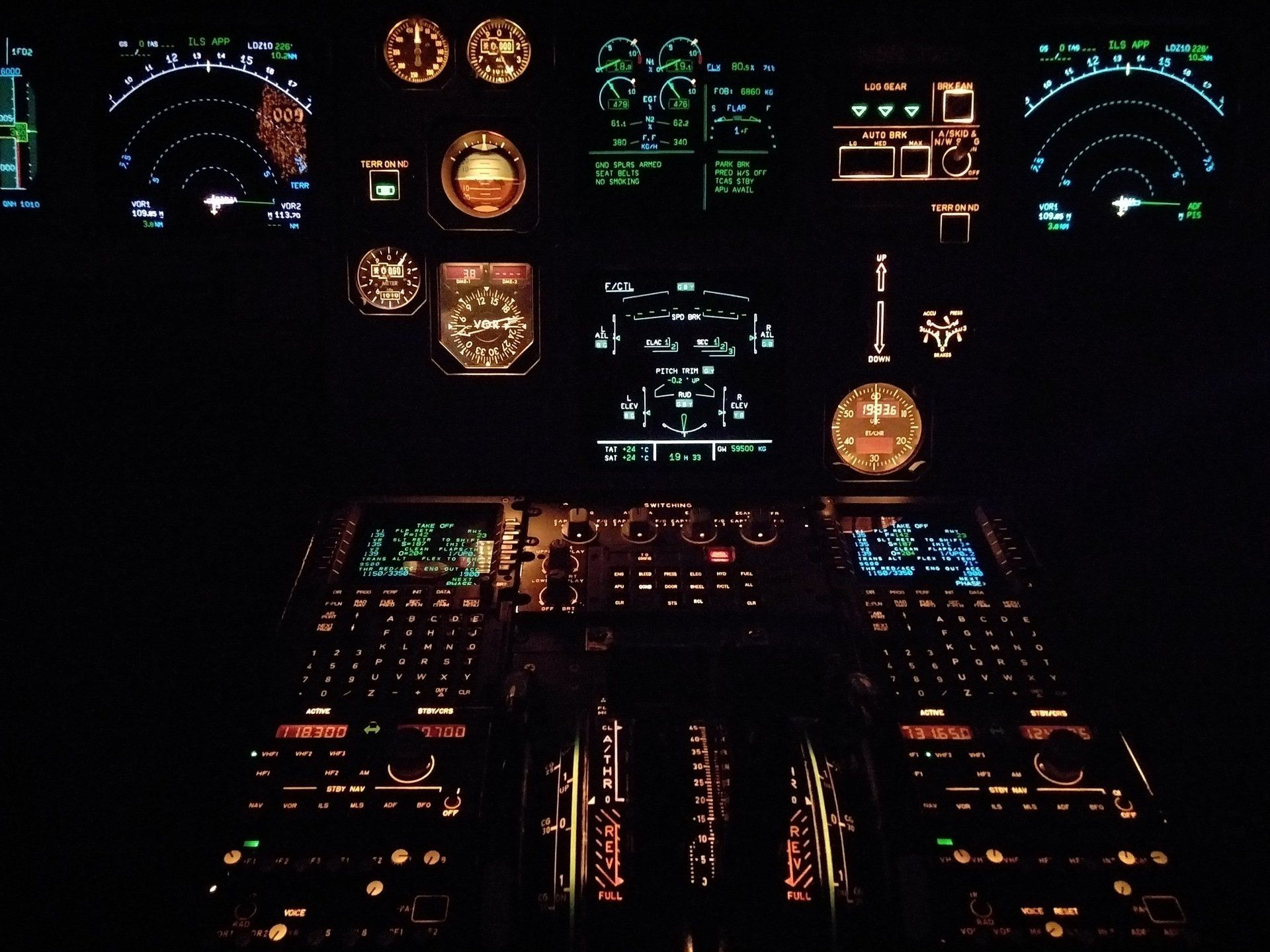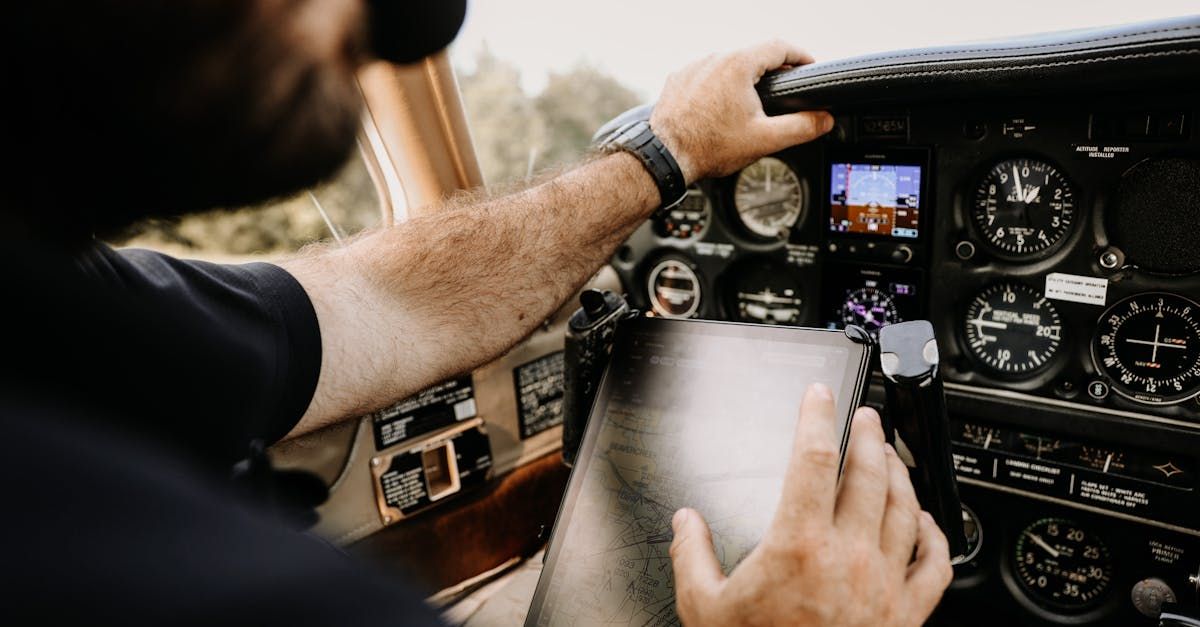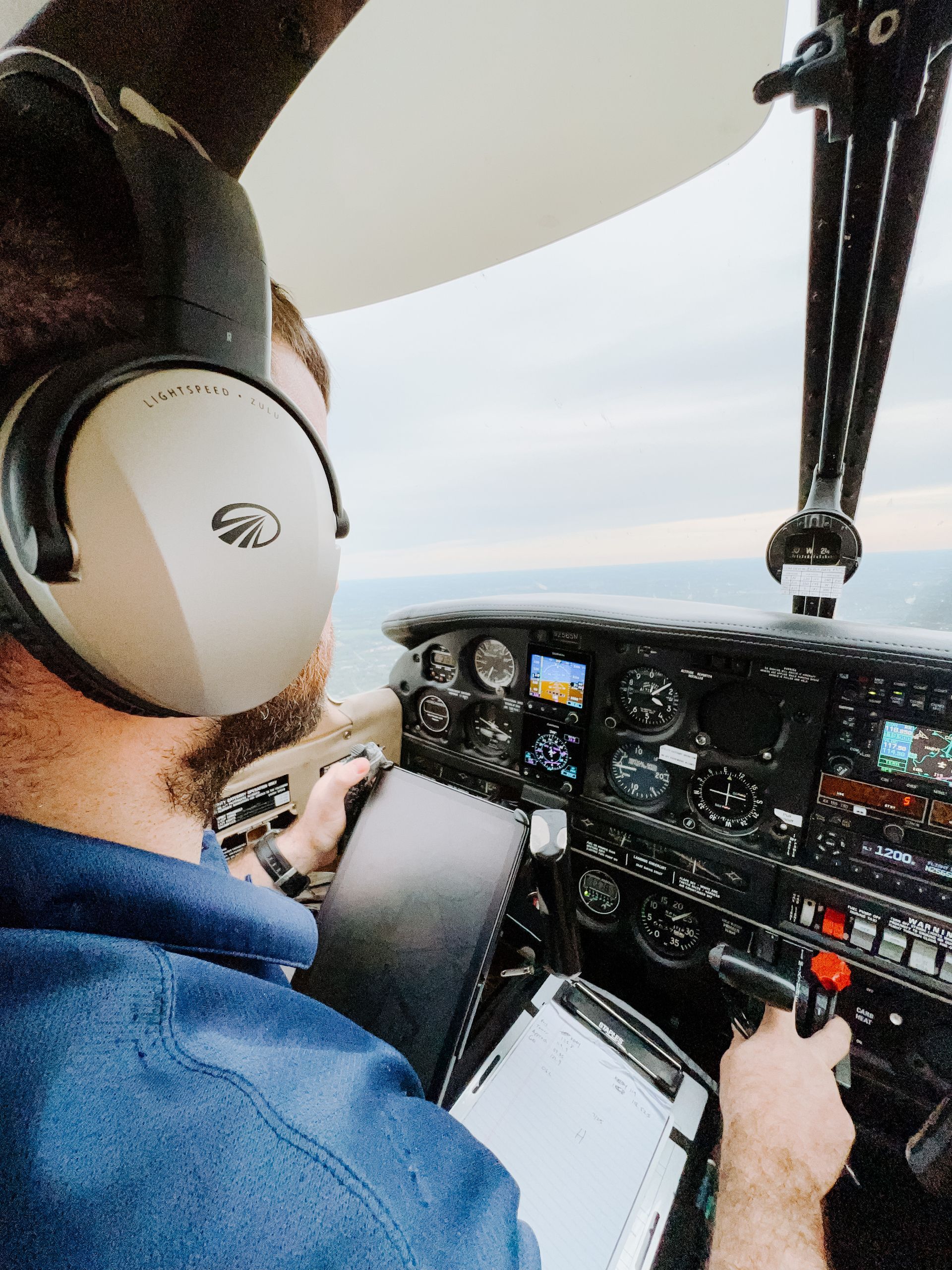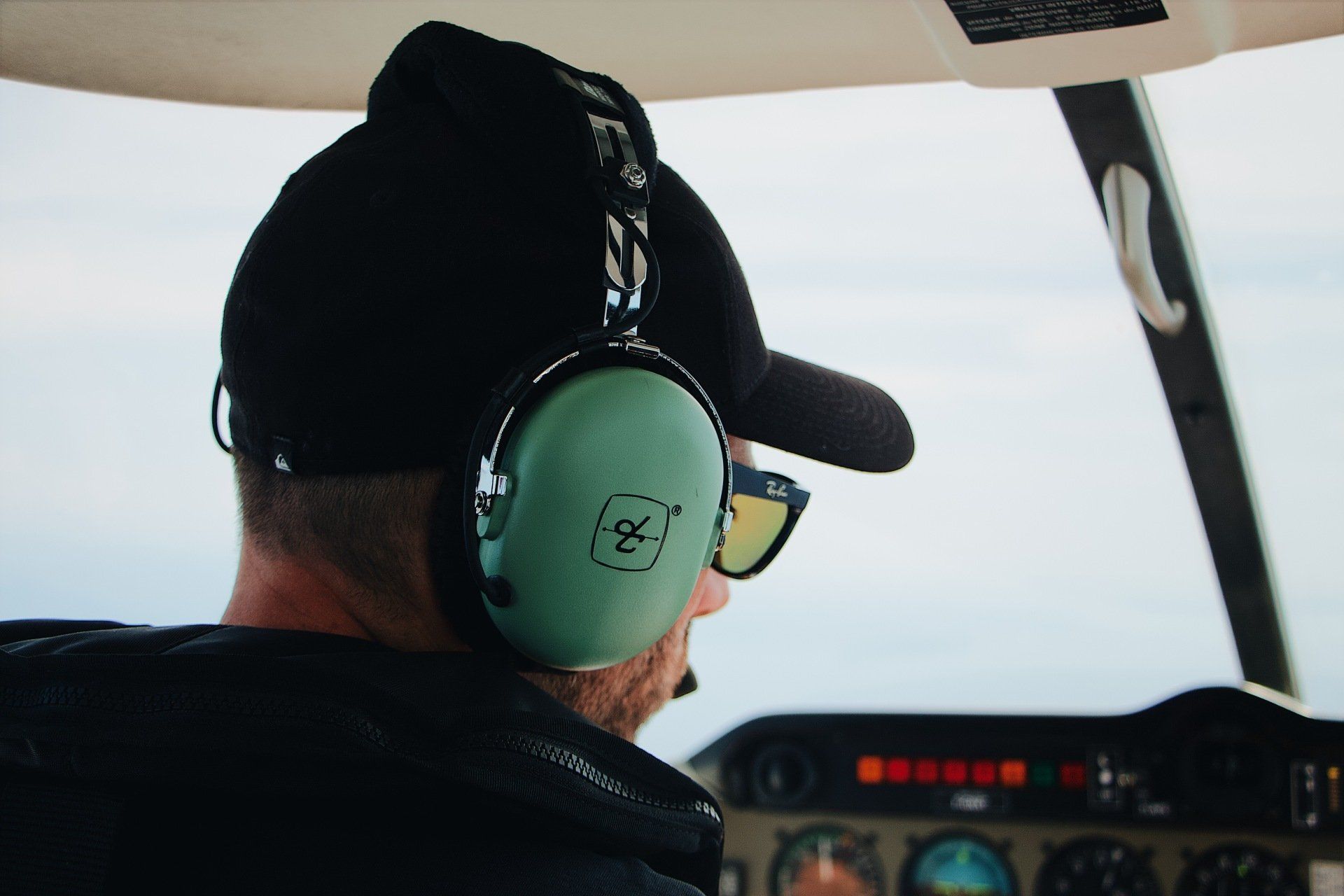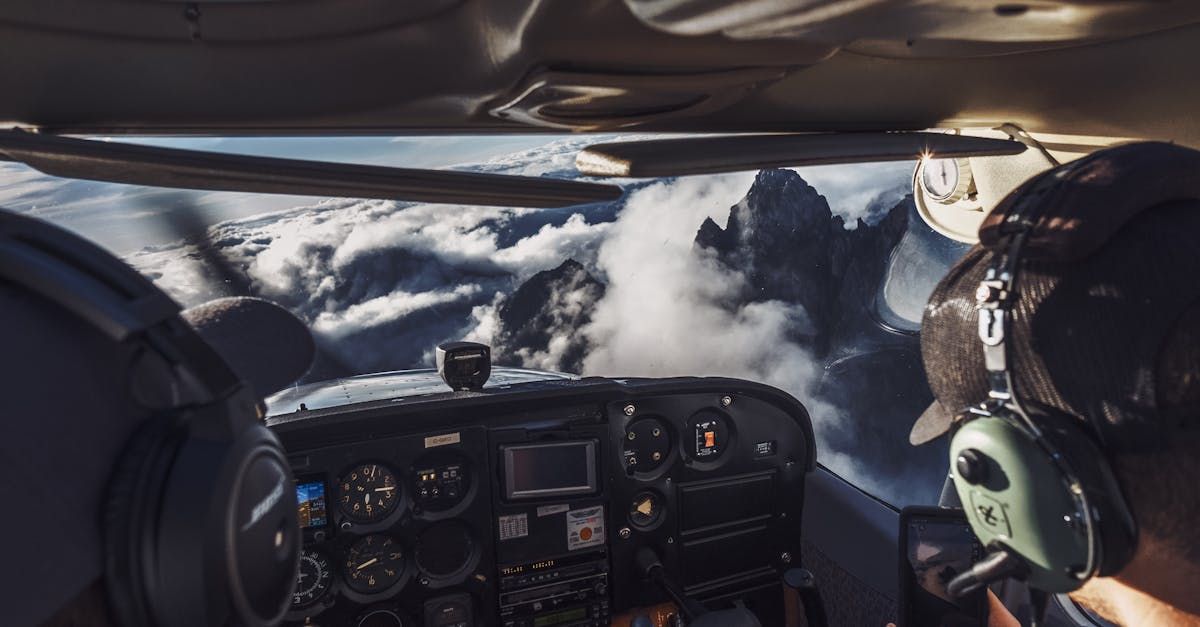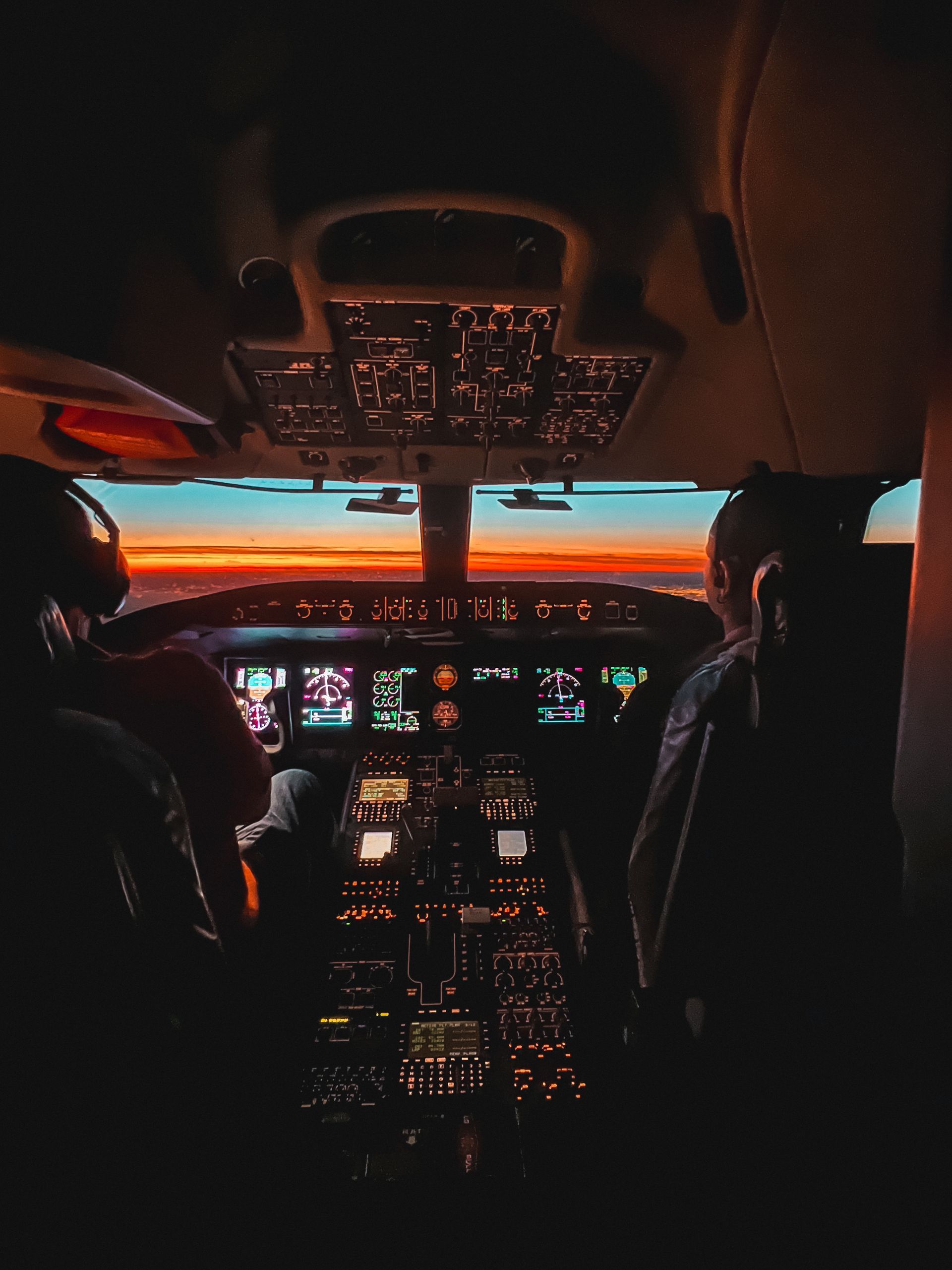Lush Toowoomba
DDAC Instructors • May 18, 2020
A land transformed
Anyone flying over Toowoomba since February might find it at first disorientating after all that rain. What was once a brown tapestry with the odd golden grain of grass, is now a lush green oasis.
That trusty anchor point of a creek bed has transformed into a free flowing river, which may cause more than a few pilots to double check their charts, *cough EFB*. There was a buzz of activity at Toowoomba shortly after the healing rains, as people took their family and friends along the escarpment and further west, to marvel at the beautiful patch work of fields in full flourish.
A second, perhaps less welcome, buzz of activity on the aerodrome followed shortly after in the form of bugs, beetles and flies; resulting in a few leading edges and windscreens taking a ‘beeting’. Local stores noted an increase in sales of trusty Mr Sheen.
Now the days are getting shorter and Toowoomba’s temperature is slowly dropping, there has been an influx of butterflies cruising along the taxiways, arguably maintaining the centreline better than some aviators of the human variety!
Toowoomba pilots are ready in wait for the howling westerlies to arrive bringing with them good fun in the circuit. We’re all hoping Huey keeps bringing the much-needed rain.
Jess and Kat
DDAC Instructors

It is possible for pilots to fly in conditions below visual flight regulations if they have earned an instrument rating (VFR). Here is an introduction to instrument rating and the skills you'll need to get started: What does Instrument Rating mean? An Instrument Rating (IR), a supplemental certification, allows pilots to fly in conditions where visual reference to the ground is lost, such as fog or clouds. All instruments, such as the altimeter, airspeed indicator, and attitude indicator, are used during flight training for pilots with an IR. Instrument Rating Requirements Before getting an instrument rating, a pilot must have either a private pilot's license (PPL) or a commercial pilot's license (CPL), as well as a certain number of flight hours and cross-country flight experience as a pilot in command. How Exactly Does One Train? Gaining an instrument rating requires both classroom study and in-flight experience. Instrument flying regulations (IFR), instrument approach procedures, and the proper use of navigational aids are just some of the topics covered in ground schooling. With a hood or other obstruction in place, the pilots will learn to fly in what is called "Instrument Meteorological Conditions" (IMC). Instrument Rating Test Once the training is complete, the pilot must take and pass a written and practical exam for an instrument rating. The written test checks how much you know about weather, navigation, and the rules. The required number of hours in the air with an examiner shows how well you can fly safely and competently in a variety of conditions. Benefits of an Instrument Rating Getting an instrument rating is very helpful for pilots because it lets them fly in more situations and makes them feel safer while doing so. Pilots with an instrument rating can apply for jobs with airlines and other businesses in the commercial aviation sector. Keep Your Instrument Rating Intact greatly Pilots must go through training and flight reviews every six months to a year to keep their instrument ratings up to date. This makes sure that pilots have access to the most up-to-date information and can fly safely in any condition. Getting an instrument rating is usually good for pilots because it gives them more options in the aviation industry. With hard work and training, any pilot can improve their skills and earn an instrument rating.


